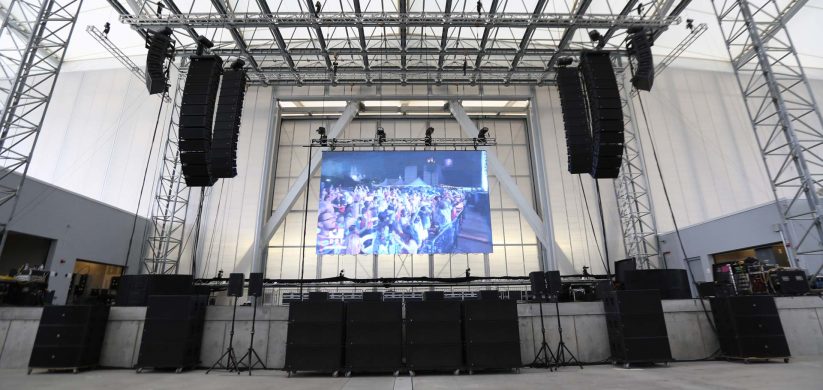When talking about resolution, it is essential to consider pixel spacing, which is the distance between the center of one pixel to the center of the next picture element. A reduced picture pitch results in a higher resolution, enabling additional clarity in the visuals shown. For example, an LED screen with a pixel pitch of 1.5mm will provide a clearer visual than one with a picture spacing of 3mm. This is especially crucial in environments where audiences are near to the screen, such as in a small venue or a trade show booth. In these situations, a greater image clarity can greatly improve the viewing experience.
Another aspect of image clarity is its impact on color accuracy and brightness. LED walls with higher resolutions often have superior hue rendering, indicating that the hues displayed are more vibrant and realistic. This is essential for uses like advertising, where the goal is to attract attention and convey a concept efficiently. Additionally, higher resolution displays can maintain brightness levels even when seen from different perspectives. This is important in large venues where viewers may be seated at different ranges and positions from the display.

The performance of LED screens is also affected by image clarity in terms of update frequencies and response times. A greater image clarity screen can support faster refresh frequencies, which is crucial for dynamic content such as films and animations. This means that the visuals on the display will look site here more fluid and increasingly fluid, enhancing the total viewing experience. In contrast, lower image clarity screens may struggle with fast-moving material, resulting in fuzziness or delay. Therefore, for events that rely on high-energy visuals, choosing a screen with a appropriate image clarity is critical.
In conclusion, image clarity plays a crucial role in defining the functionality and visual clarity of LED screens. Elements such as picture spacing, hue precision, luminosity, refresh rates, and reaction durations all contribute to how effectively a display can convey information and engage viewers. As technology continues to progress, grasping these factors will assist operators choose the appropriate LED screen for their particular requirements, guaranteeing that they obtain the optimal potential results in their presentations and events.